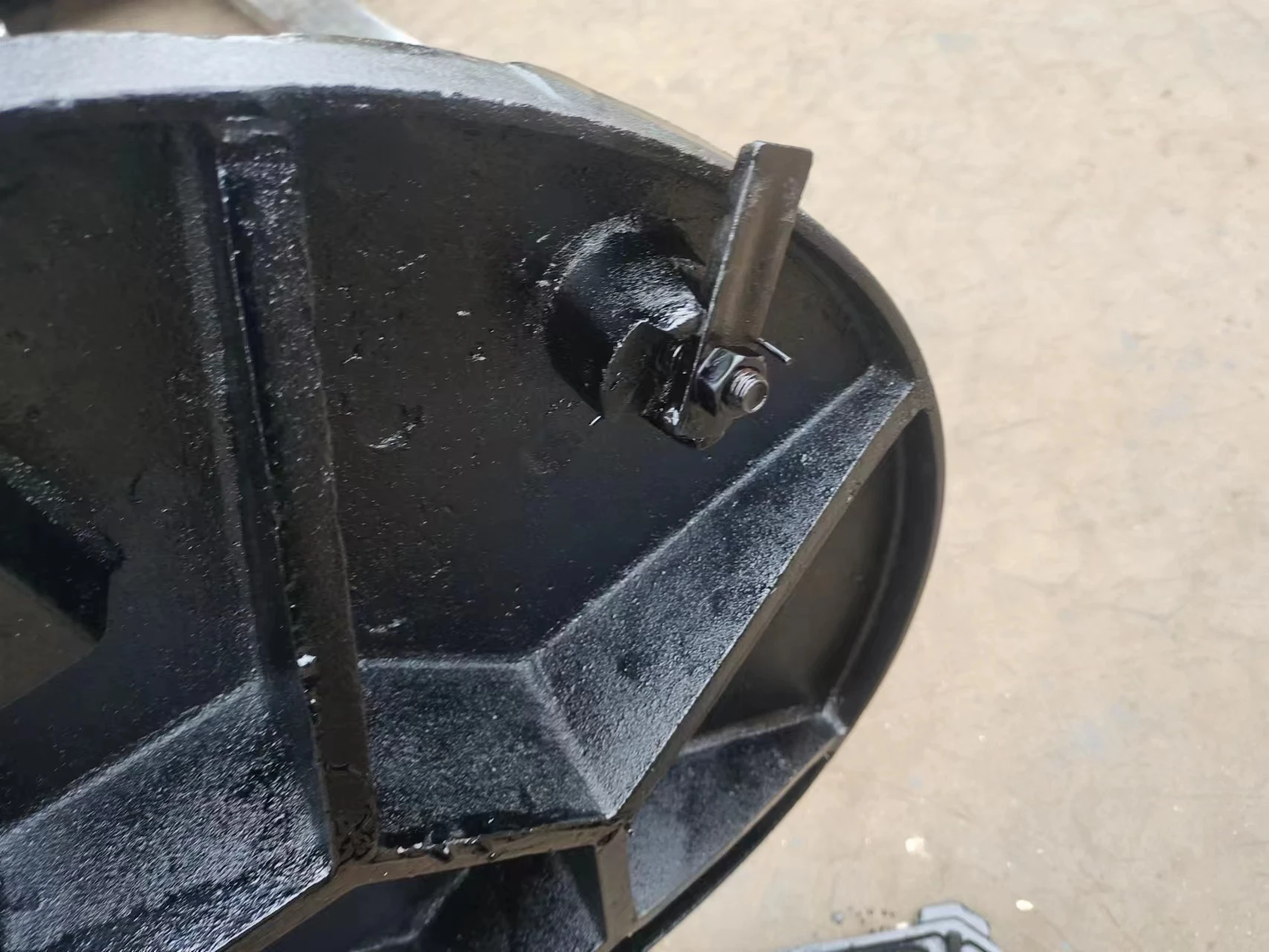irrigation vacuum relief valve
Understanding Irrigation Vacuum Relief Valves
Irrigation systems are critical for effective water management in agriculture, landscaping, and municipal applications. Among the various components that facilitate optimal performance, the vacuum relief valve (VRV) plays a vital role in maintaining pressure balance within irrigation systems. This article explores the function, importance, and best practices associated with irrigation vacuum relief valves.
What is a Vacuum Relief Valve?
A vacuum relief valve is a specialized component designed to prevent a vacuum from forming in irrigation pipelines by allowing air to enter the system when the atmospheric pressure drops. This is particularly important in pressurized irrigation systems, such as drip or sprinkler irrigation, where maintaining consistent water flow and pressure is essential for efficient operation.
Importance of Vacuum Relief Valves
1. Preventing System Damage When water is drained from a system or when there is a sudden drop in water pressure, a vacuum can form. This condition can lead to collapsed pipes or fittings, resulting in costly repairs and downtime. A properly functioning vacuum relief valve can eliminate this risk by venting air into the system, thus equalizing pressure.
2. Ensuring Optimal Performance For effective irrigation, maintaining the designed hydraulic profile of the system is crucial. A vacuum relief valve allows for a seamless transition of air in and out of the pipelines whenever water is drained or when sections of the irrigation system are deactivated. This stabilization ensures that the distribution of water remains efficient and uniform.
3. Reducing Contamination Risk In some cases, vacuum conditions can lead to siphoning, where contaminants from the ground or the surroundings can be drawn into the water supply. By facilitating air ingress, vacuum relief valves help mitigate such risks, thereby protecting the integrity of the irrigation water.
Types of Vacuum Relief Valves
Vacuum relief valves come in various designs, each suited for different types of irrigation systems
- Mechanical VRVs These valves operate based on physical mechanisms. They typically use a float or spring that opens or closes the valve in response to pressure changes.
irrigation vacuum relief valve

- Automatic VRVs These valves utilize sophisticated sensors and controls to monitor pressure levels continuously. They open and close automatically, providing a more responsive and efficient solution for complex irrigation systems.
- Lifting Mechanism VRVs Some valves are designed to lift slightly when a vacuum is detected, allowing air to rush in before the system is damaged, which can be particularly useful in extensive agricultural fields.
Best Practices for Installation and Maintenance
To ensure the effectiveness of vacuum relief valves, consider the following best practices
1. Proper Sizing It is crucial to select the right size and type of vacuum relief valve corresponding to your system's specifications. An undersized valve may fail to respond quickly enough during pressure drops, while an oversized valve may not operate effectively.
2. Regular Inspections Periodic checking of vacuum relief valves can help ensure they are functioning properly. Look for signs of wear and tear, and replace any damaged components promptly.
3. Strategic Placement Position your vacuum relief valves at appropriate locations within your irrigation system, typically at the high points of the pipeline. This practice helps minimize the risk of vacuum formation effectively.
4. Training Educate your staff on the role and importance of vacuum relief valves within the irrigation system. Proper understanding can lead to better maintenance and quicker troubleshooting in case of issues.
Conclusion
Irrigation vacuum relief valves are essential components that contribute to the longevity and efficiency of irrigation systems. By understanding their function, importance, and best practices, irrigation managers can ensure their systems operate effectively, reducing the risk of damage and improving water management. Investing in quality VRVs and maintaining them regularly will ultimately lead to a more sustainable and productive irrigation strategy.
-
The Smarter Choice for Pedestrian AreasNewsJun.30,2025
-
The Gold Standard in Round Drain CoversNewsJun.30,2025
-
The Gold Standard in Manhole Cover SystemsNewsJun.30,2025
-
Superior Drainage Solutions with Premium Gully GratesNewsJun.30,2025
-
Superior Drainage Solutions for Global InfrastructureNewsJun.30,2025
-
Square Manhole Solutions for Modern InfrastructureNewsJun.30,2025
-
Premium Manhole Covers for Modern InfrastructureNewsJun.30,2025
